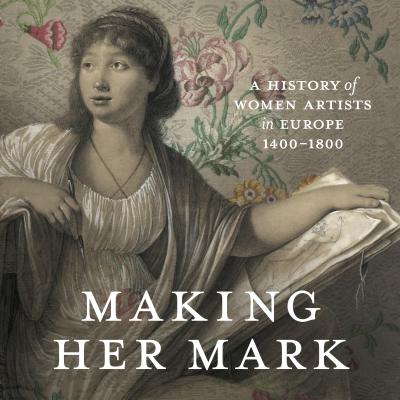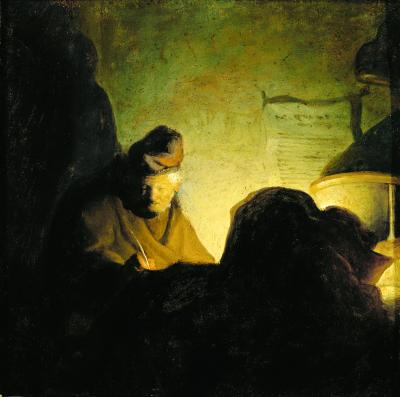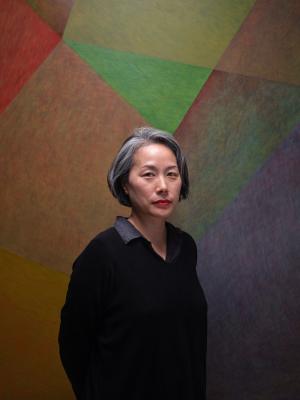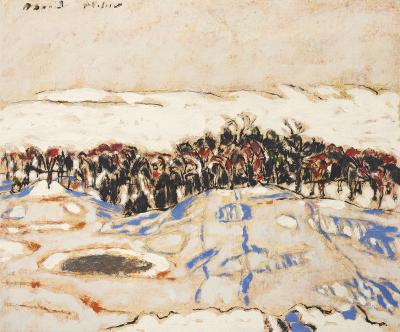Jinny Yu on the Canadian BIPOC Artists Rolodex
The artist and University of Ottawa professor discusses creating a digital database of BIPOC artists

Photo by Jinny Yu.
Black, Indigenous, and People of Colour (BIPOC) artists continue to fight for their work to be widely seen, whether it’s in classrooms, galleries, or museums. Aiding in this work towards increased visibility, a group of professors and students from Ottawa are bringing back a term straight from the 1980s business world: the Rolodex.
Not a traditional Rolodex, The Canadian BIPOC Artists Rolodex is a digital database recording information on BIPOC artists from across Canada including basic biographical information, what mediums they work in, what topics their work explores, relevant locations, public collections their works are housed in, their websites and images of their work.
The project is led by Jinny Yu, an artist and Professor of Painting at the University of Ottawa. Yu’s exhibition, Jinny Yu: at once, is currently on view at the AGO until January 5. The exhibition debuts 22 new works by the artist and explores the complex dynamic of guesting on unceded Indigenous land. at once also marks a shift in the artist’s practice, something that took place alongside conceiving and producing the Rolodex.

Jinny Yu with her work, Inextricably Ours 23-07, 2023. © Jinny Yu. Photo: Craig Boyko © AGO.
As Yu describes, it was an “ugly racist” incident at the University of Ottawa that inspired the Canadian BIPOC Artists Rolodex. Angry with how the incident was handled, Yu went to her colleagues seeking a way to respond to the incident.
“I was telling my colleagues the least we could do is to teach more BIPOC artists in our courses because it's one tiny little step towards change,” she recalled. “And the response I got was, ‘oh, but they're so hard to find.’ And so, I said, well, let me make it easy for you.”

Installation view, Jinny Yu: at once, June 22, 2024 - January 5, 2025, Art Gallery of Ontario. Artworks © Jinny Yu. Photo © AGO.
As an artist, taking on a digital humanities project felt like jumping straight into the deep end for Yu. Thankfully, colleagues Celina Jeffery, University of Ottawa Art History Professor; Felicity Tayler, artist and Outreach Director of the University of Ottawa Data Literacy Research Institute; and Ming Tiampo, Carleton University Art History Professor and Co-Director of the Centre for Transnational Cultural Analysis, joined Yu in creating the Rolodex.
What Yu imagined as a simple Excel sheet she would circulate to colleagues has blossomed into an 18-person advisory board consisting of mostly BIPOC curators, artists, and art historians, as well as a team of research assistants funded by the University of Ottawa and the Social Sciences and Humanities Research Council (SSHRC). A true team effort, the online Rolodex currently contains around 70 completed entries of Canadian BIPOC artists, with 300 more currently being processed. Currently, the database remains internal to the University of Ottawa with hopes of opening it to the public in three years.
As the team began developing the database, they found themselves working through a series of questions, largely stemming from a contradiction at the core of the project: using the colonial tool of databases to decolonize Canadian art history.
“There were many, many considerations for every single category because the whole system of categorization is so colonial,” Yu explained. “But to make it a usable and searchable database, [you need] categorization, so it’s an interesting conundrum.”
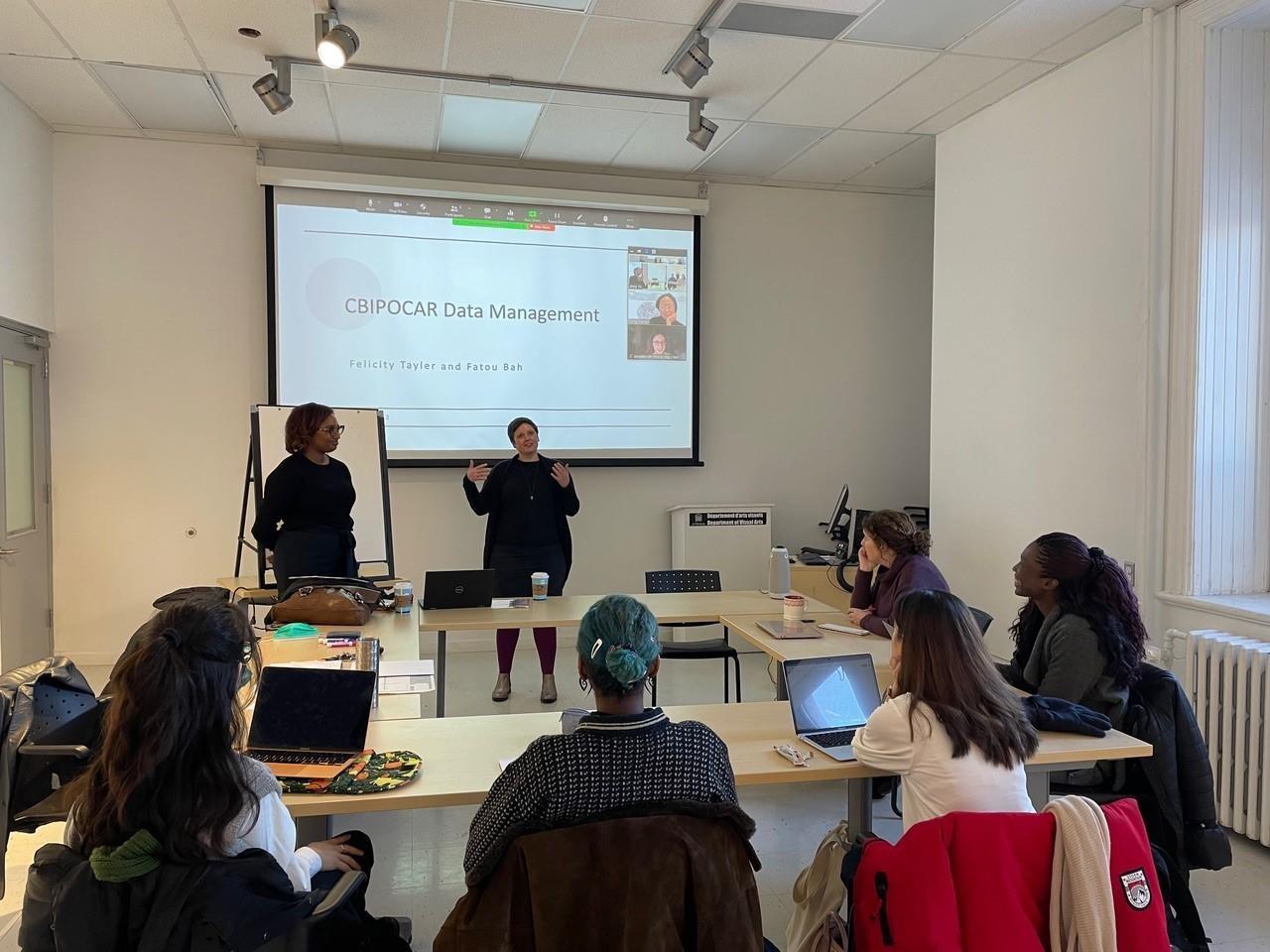
A photo of the team. From left to right: Tia Carey, Fatou Bah, Felicity Tayler, Kayla Eli, Ming Tiampo, Celina Jeffery, Ashley Carmichael, Candide Mawoko. Photo by Jinny Yu.
For each artist featured in the Canadian BIPOC Artists Rolodex, the team carefully researches to find information and writes a 100-word artist profile to avoid putting more labour onto BIPOC artists. A quick snapshot of an artist and their practice, creating artist profiles helped the team avoid categorizing things like heritage and race.
“What is Canadian? What is BIPOC? It’s very difficult to identify heritage. At one point, we did it by self-identification, but our Indigenous colleagues on the advisory board pointed out that this was a problem [for Indigenous communities],” Yu said. “For some artists, [heritage] is important in their work. For some artists, it’s not. If heritage is important in their work, we weave it into their [artist profile] because we want heritage to be contextualized in narrative, rather than categorized.”
Avoiding categorization extends to how new artists are found for the Canadian Artists BIPOC Rolodex. Rather than using institutional definitions to determine who is an artist, the team engages with communities to source new entries. Yu’s research assistants host “edit-a-thons,” which invite participants from specific communities to suggest artists, help conduct research and provide feedback on the Rolodex. The team’s goal is to host edit-a-thons in diverse communities across Canada, especially smaller ones.
“That’s why we named it a Rolodex because it’s built more on networks and communities, rather than [criteria determining] who gets in,” Yu explained.
While the Rolodex remains internal to the community for now, Yu hopes that it can be used by artists, professors, and curators across Canada and beyond as a pedagogical and primary research tool for creating institutional change; the database provides basic information about BIPOC artists and encourages users to conduct further research to best use the Rolodex.
“There’s a lot more attention and exposure of BIPOC artists these days, but I still feel there is an absolute lack of research and writing on them,” Yu explained. “We wanted to create this database so that whatever exists already [on BIPOC artists] doesn’t just get regurgitated, which is what happens all the time.”

Installation view, Jinny Yu: at once, June 22, 2024 - January 5, 2025, Art Gallery of Ontario. Artworks © Jinny Yu. Photo © AGO.
A hopeful sign of what’s to come once public, creating the Canadian BIPOC Artists Rolodex has impacted Yu’s approach to her own work.
“The Rolodex is separate from my practice, yet it is inextricably linked with my role as an active member of the arts community at large,” she said. “This is my concrete activist work. I am contributing something usable to the world, hoping it will have concrete and measurable impact. Since this project began, my practice has become more expansive and open.”
Experience Yu’s shift in practice by visiting Jinny Yu: at once, currently on view on Level 2, of the AGO in the J.S. McLean Centre for Indigenous + Canadian Art in the Irving & Sylvia Ungerman and Jennings Young galleries (galleries 230 and 231) until January 5, 2025.












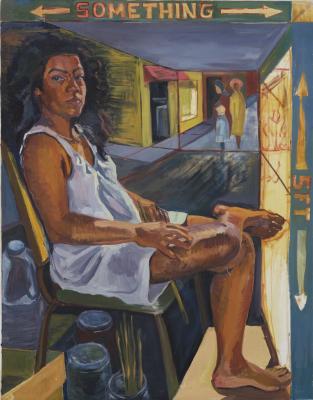















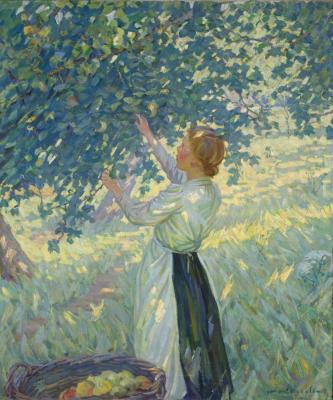


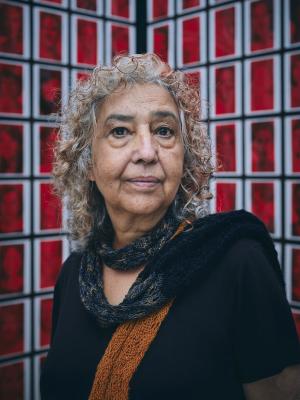



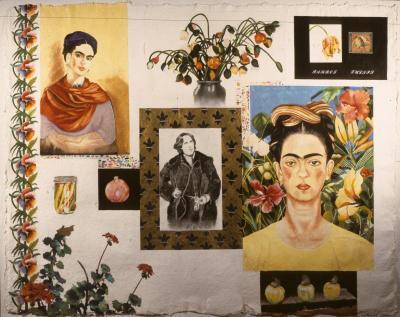



![Keith Haring in a Top Hat [Self-Portrait], (1989)](/sites/default/files/styles/image_small/public/2023-11/KHA-1626_representation_19435_original-Web%20and%20Standard%20PowerPoint.jpg?itok=MJgd2FZP)








